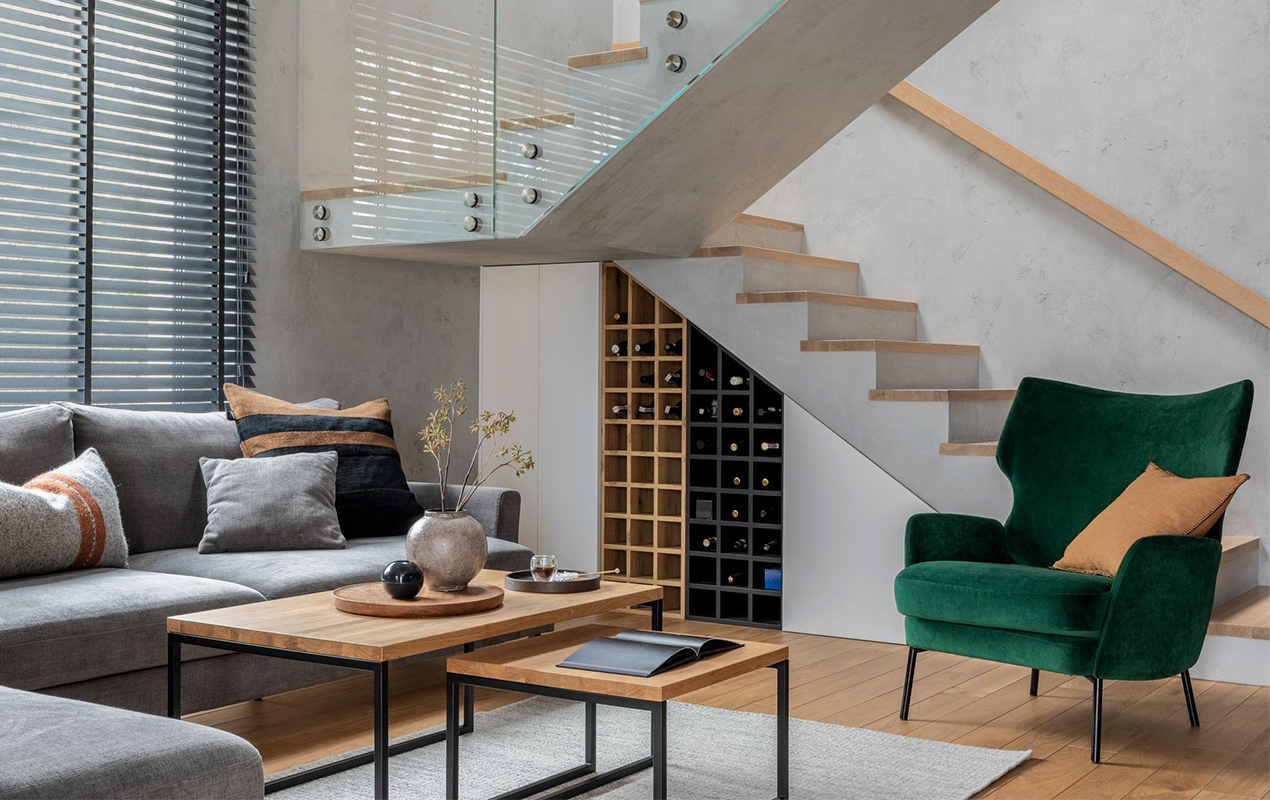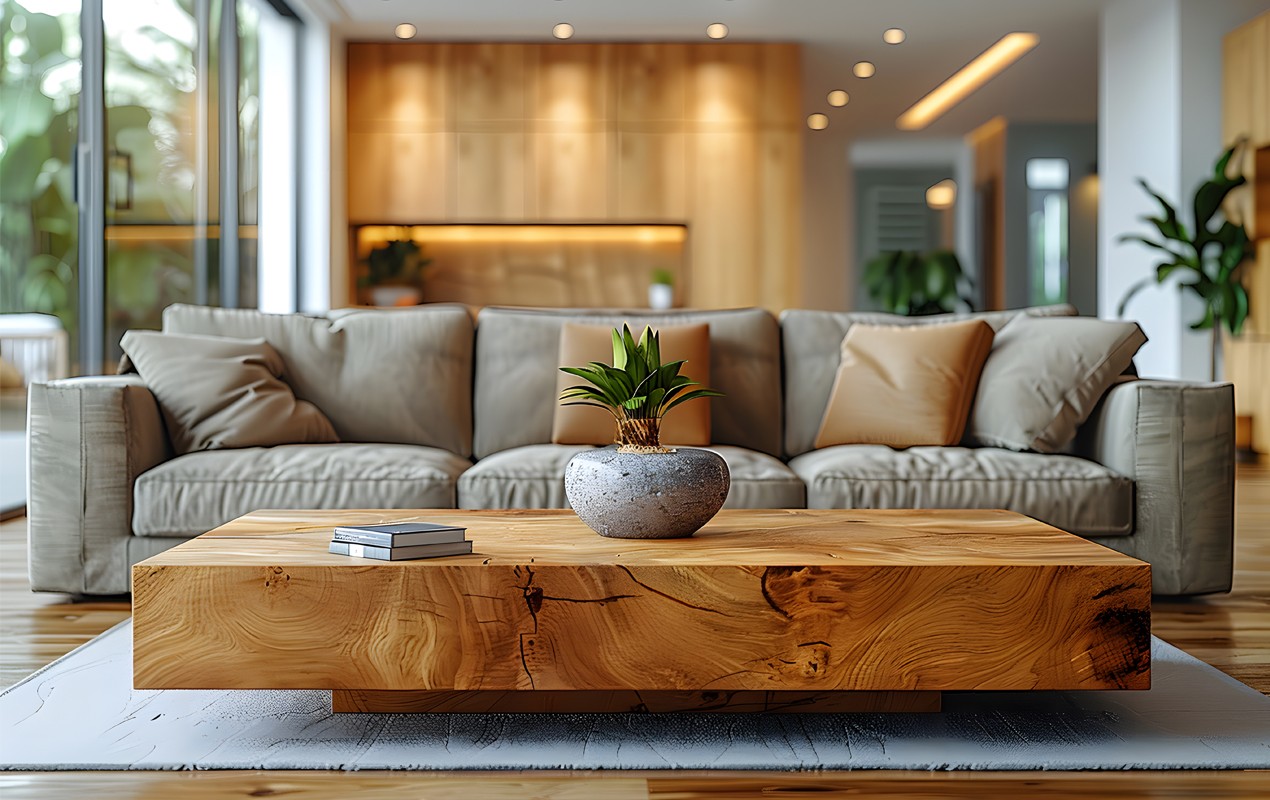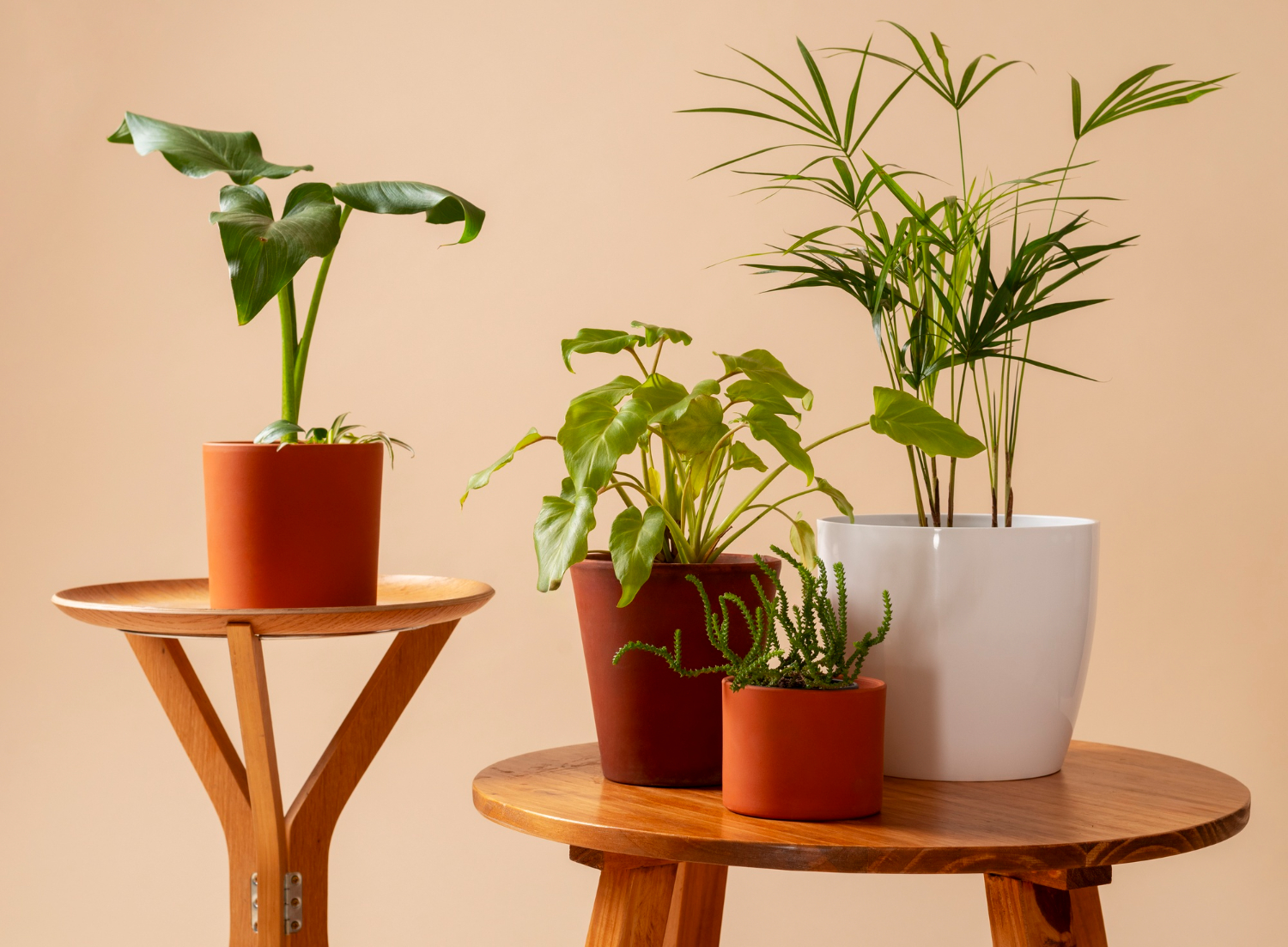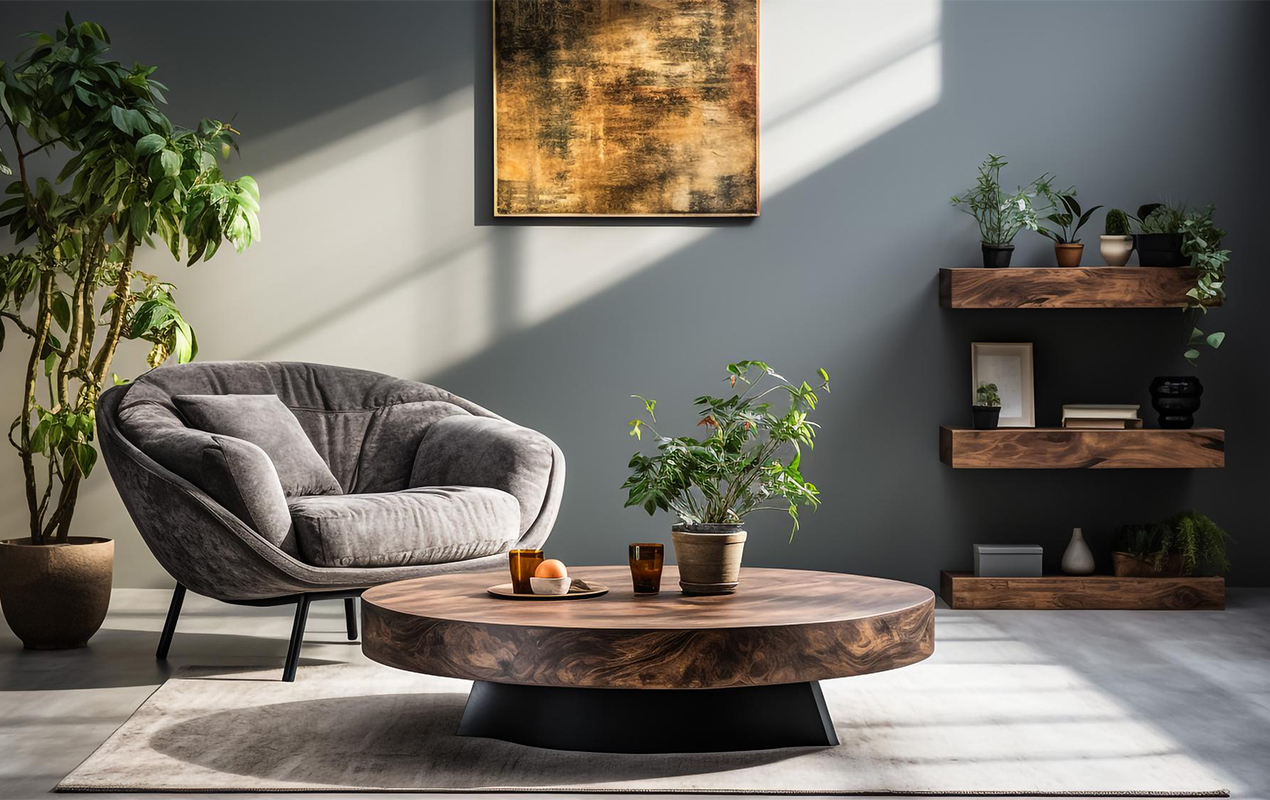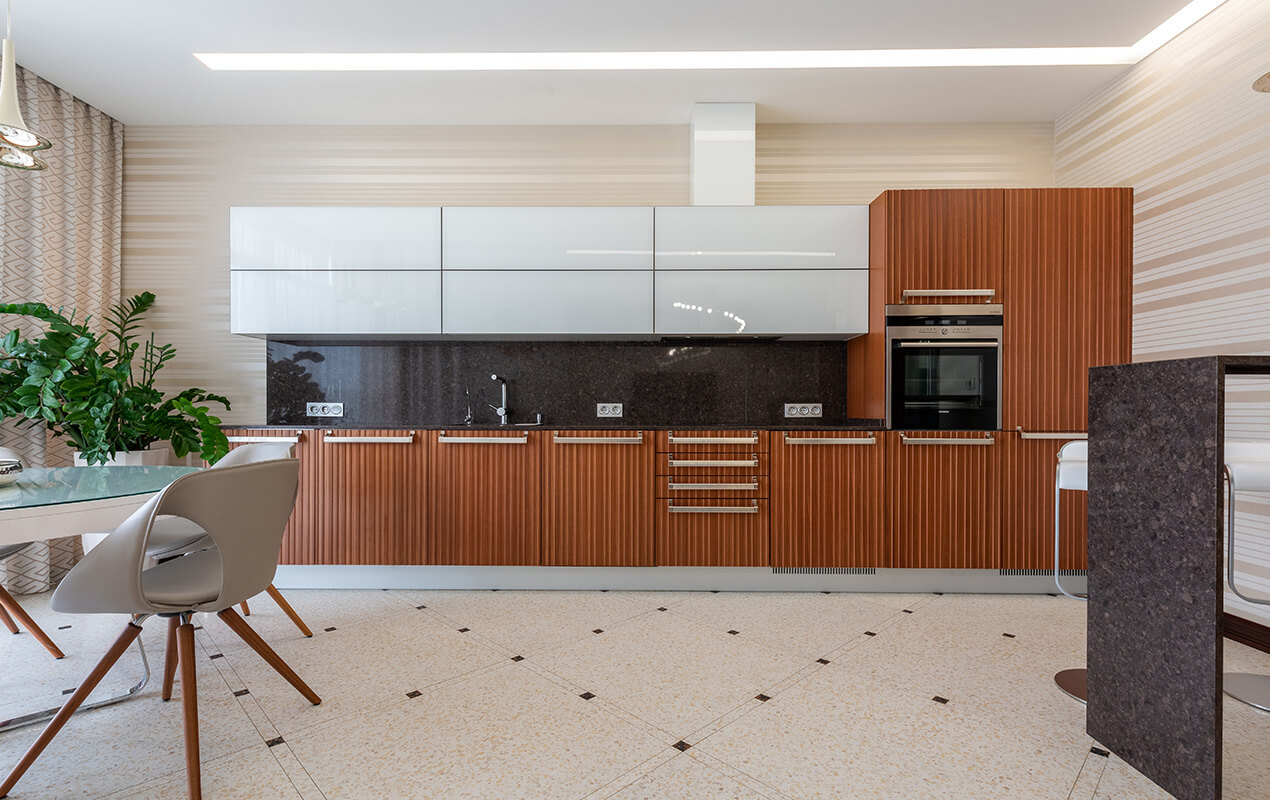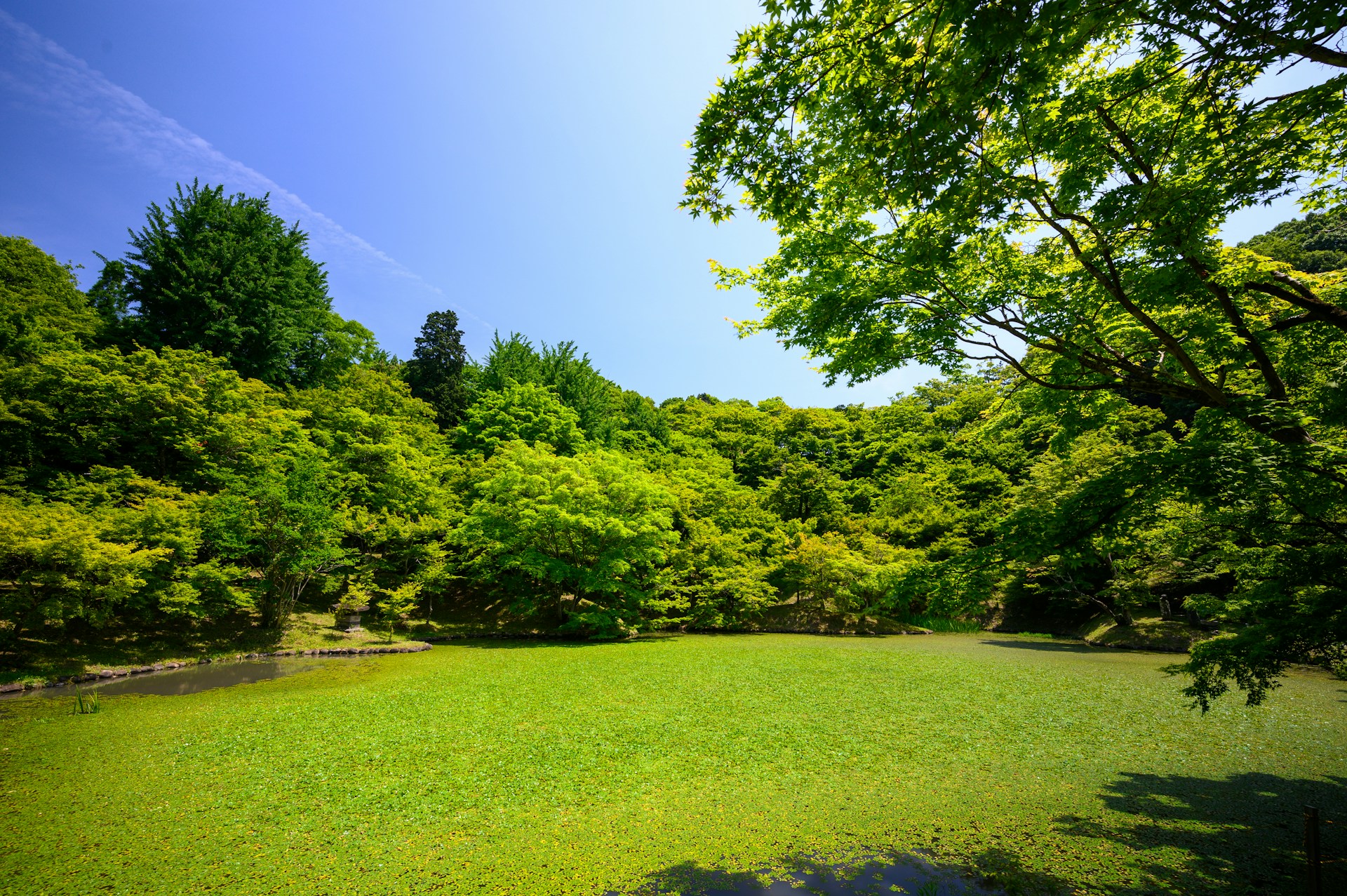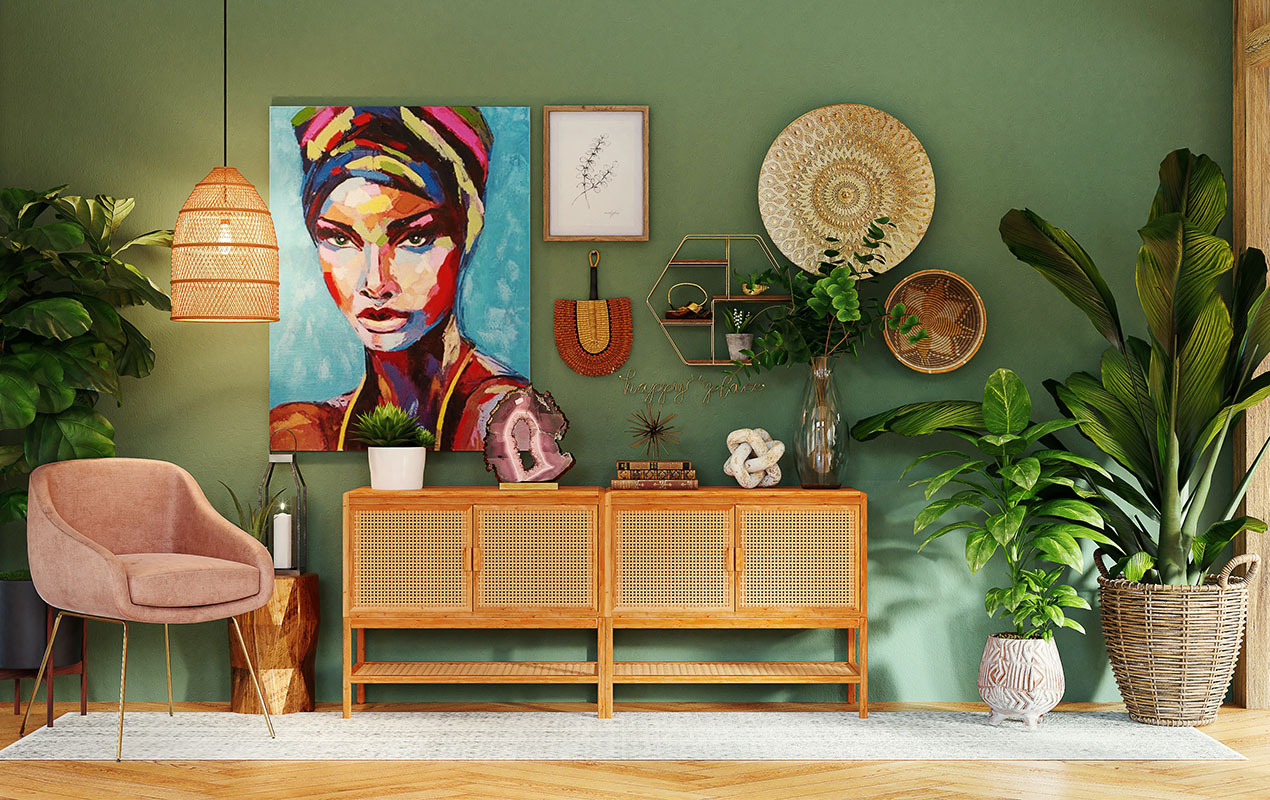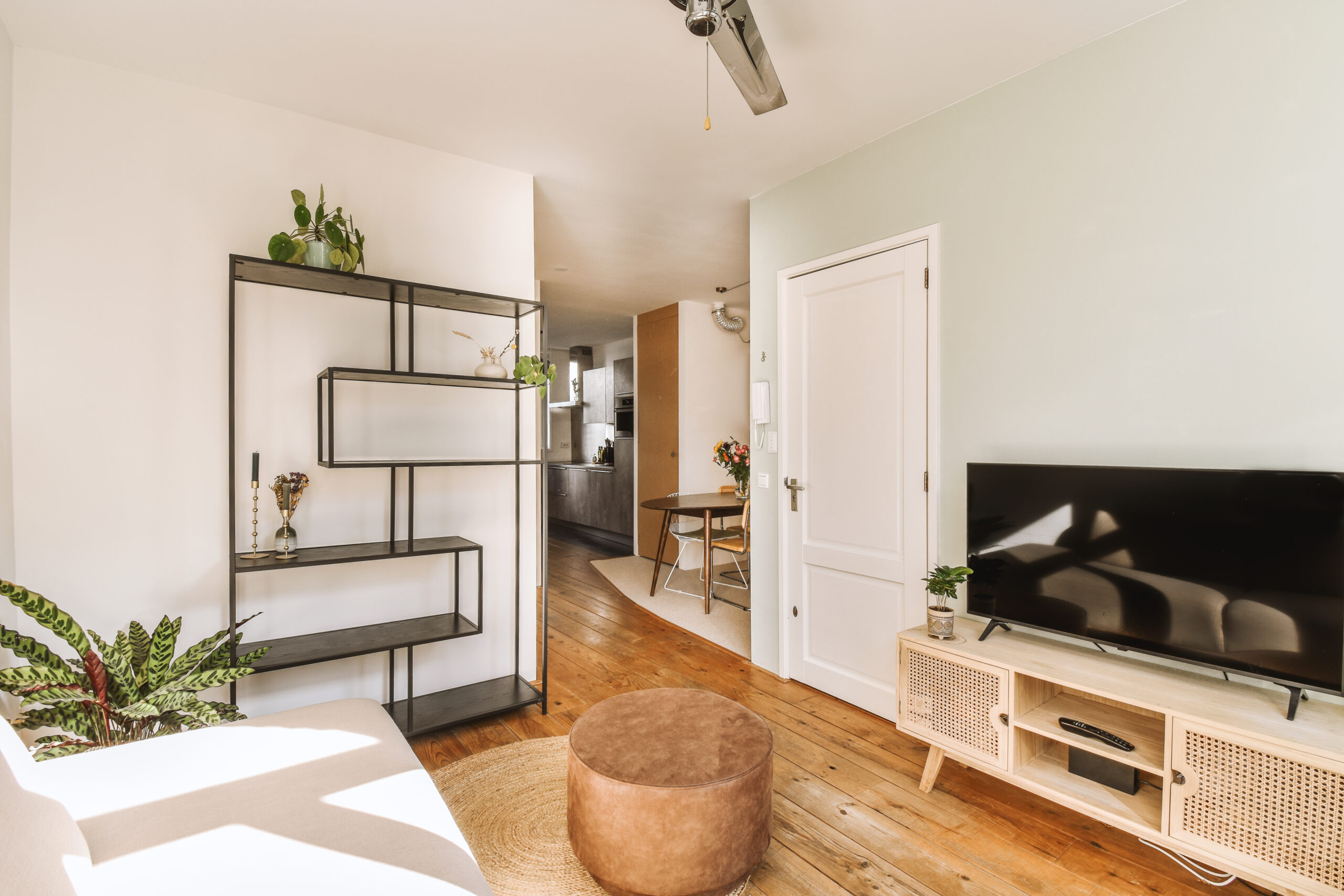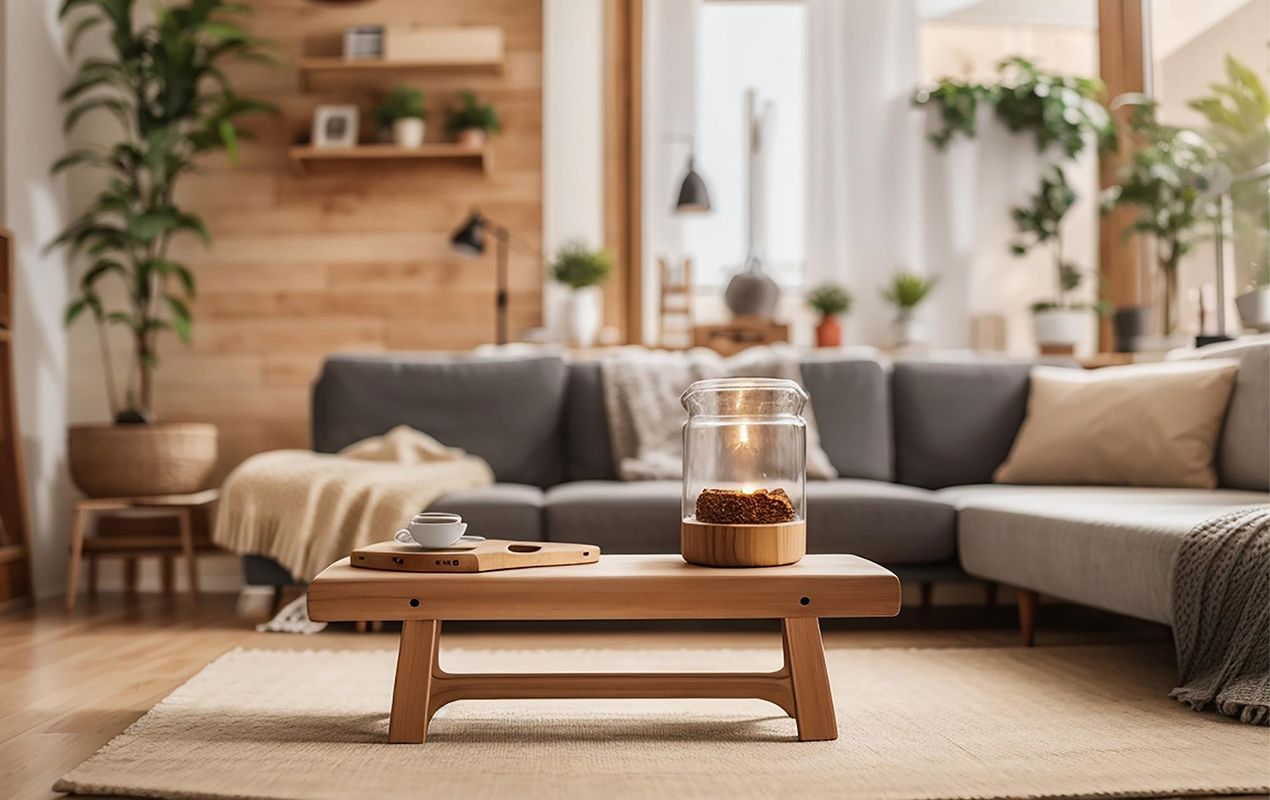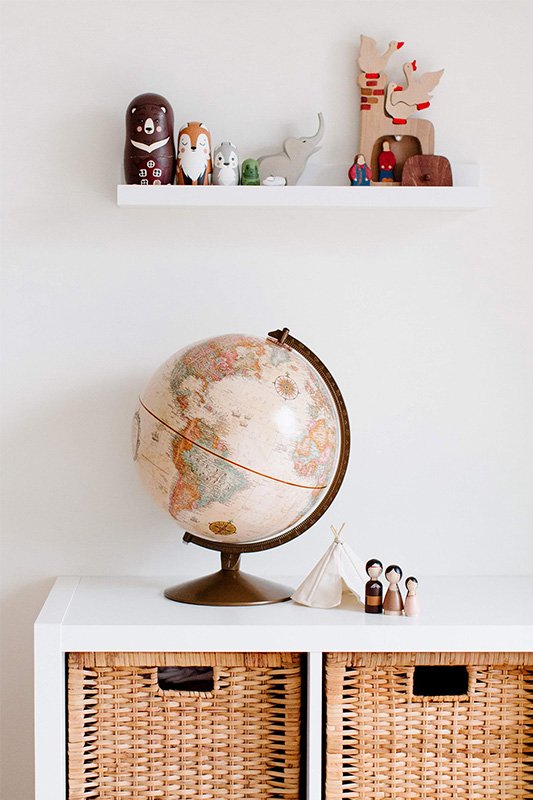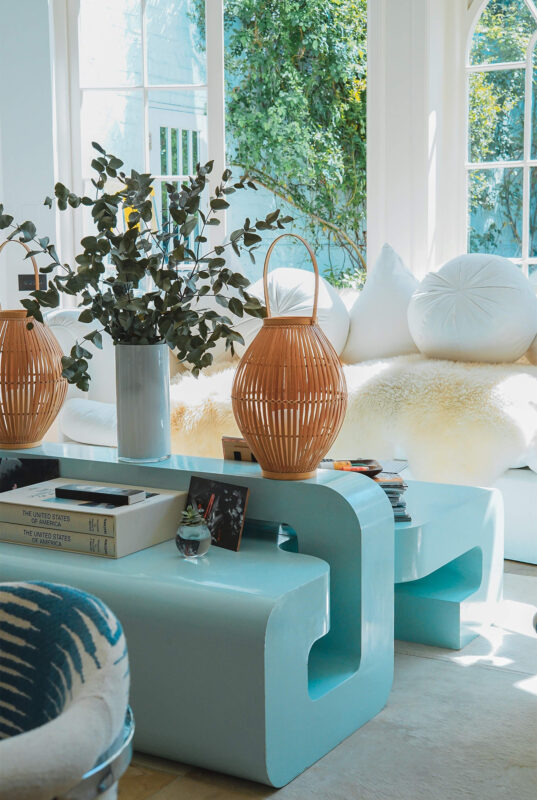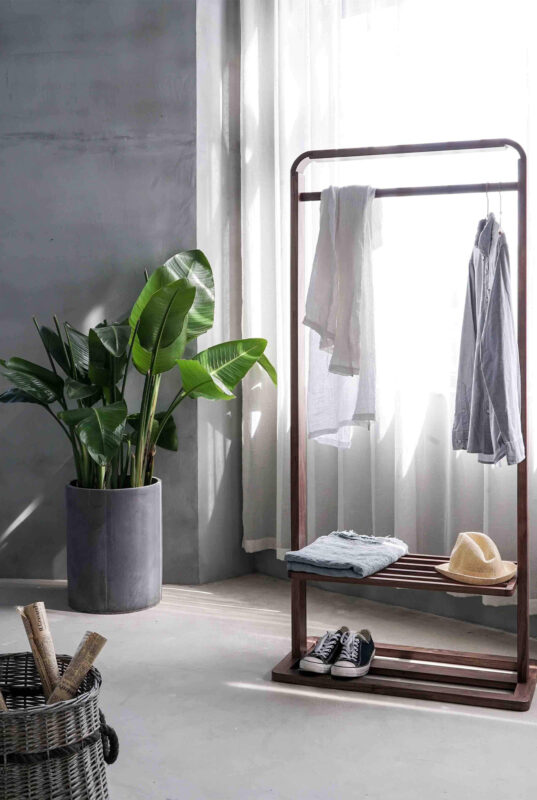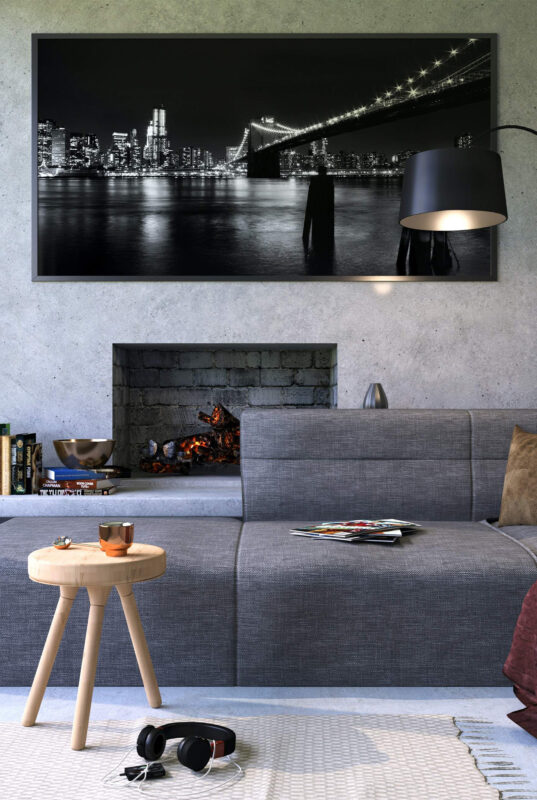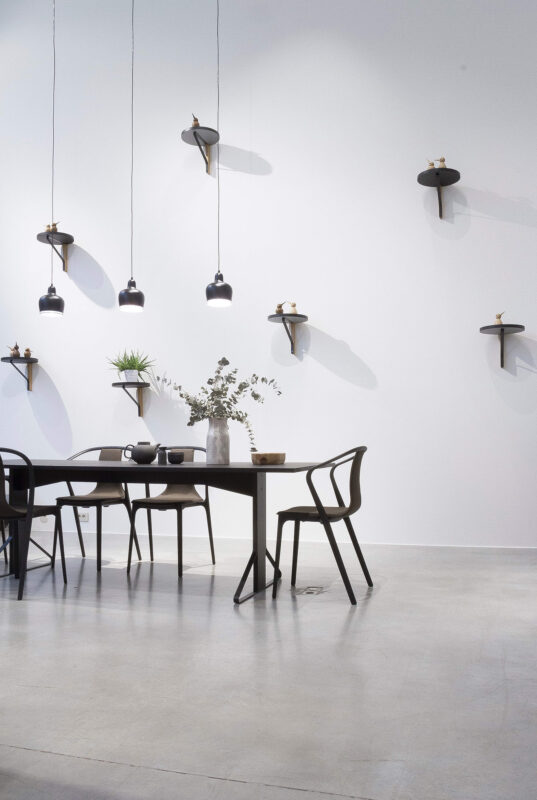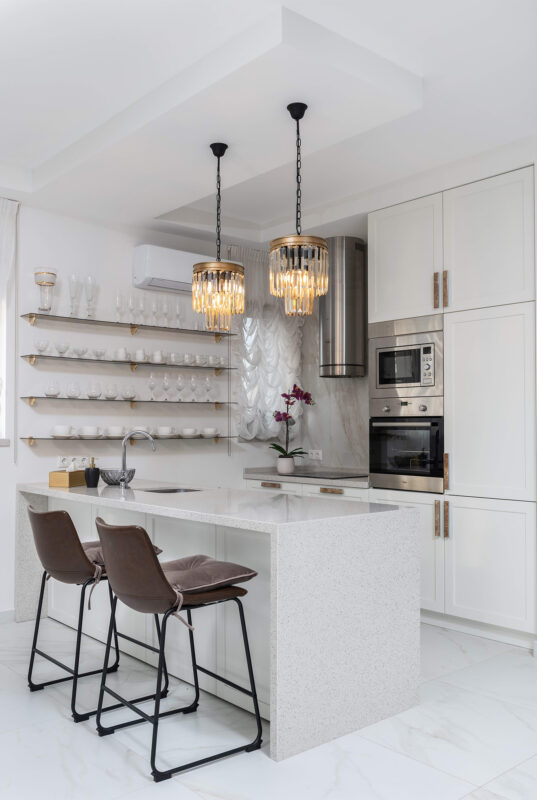Blog
Architectural Wine Rooms: Blending Storage with Statement
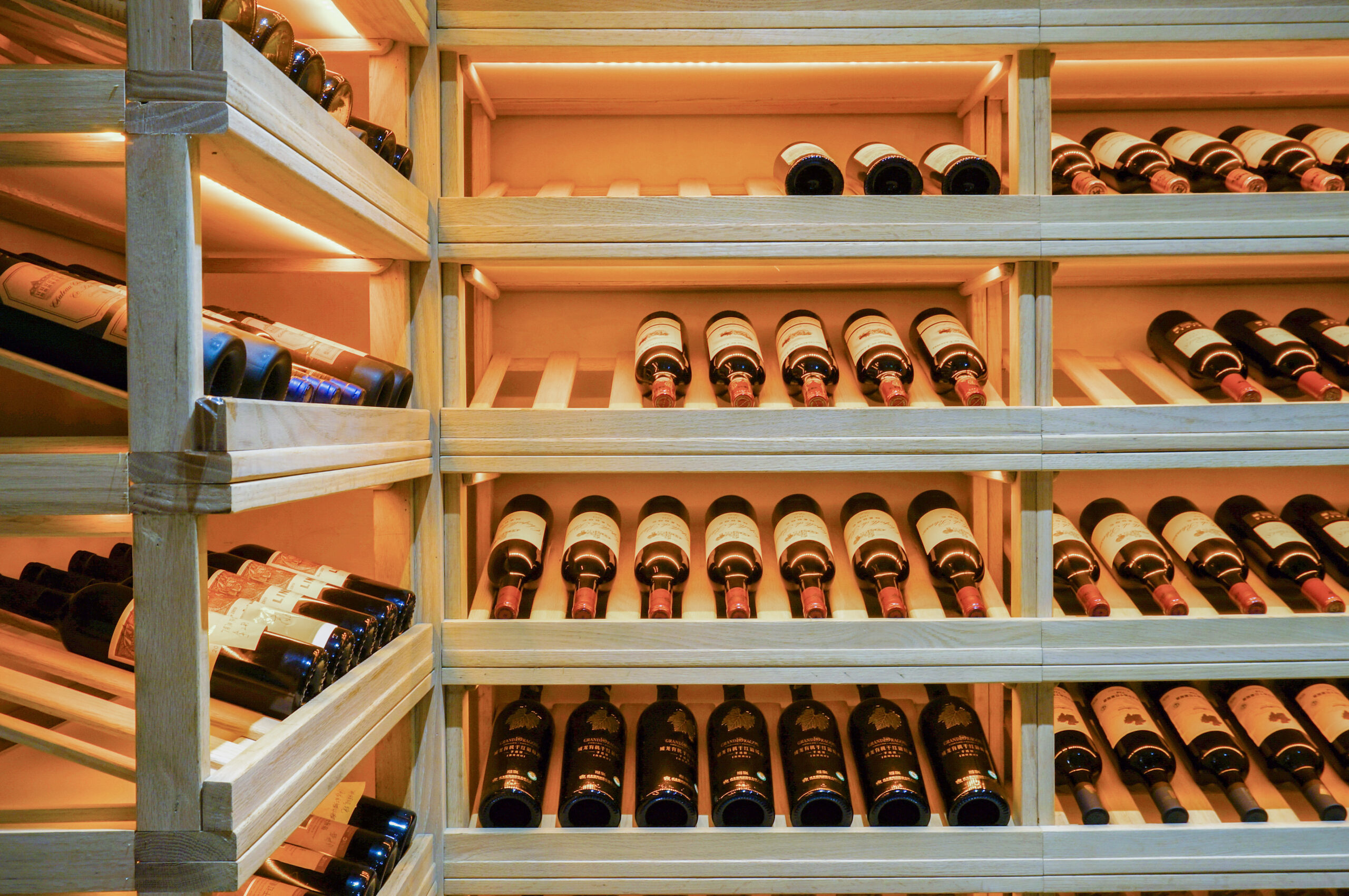
Architectural Wine Rooms: Blending Storage with Statement
Contemporary architectural wine rooms represent a significant evolution in residential design, transcending traditional storage concepts to become integral components of luxury home architecture. Research in environmental psychology demonstrates that well-designed storage spaces can enhance both property values and occupant satisfaction, with wine rooms showing particular correlation to increased entertainment usage and social engagement within residential settings.
Modern wine room architecture addresses multiple functional requirements while serving as significant design statements. These spaces provide optimal preservation conditions through controlled temperature and humidity management, enhance property values through luxury amenities, create sophisticated entertainment venues, and offer secure storage for valuable collections.
The integration of architectural wine rooms with contemporary home design reflects broader trends toward experiential luxury and the elevation of specialized storage to statement-level interior features. Premium installations often feature glass enclosed wine room designs that showcase collections while maintaining precise environmental controls for optimal preservation.
Studies conducted by the National Association of Home Builders indicate that luxury storage amenities, including architectural wine rooms, contribute to property value increases of 3-7% in high-end residential markets, while simultaneously reducing long-term wine storage costs through improved preservation conditions.
Evolution from Traditional Cellars to Architectural Statements
The transformation of wine storage from utilitarian basement cellars to sophisticated architectural features represents a fundamental shift in residential design philosophy. Historical wine storage prioritized functional preservation in subterranean environments, relying on natural temperature stability and minimal light exposure. Contemporary approaches integrate preservation science with architectural aesthetics, creating spaces that serve dual purposes as both storage and entertainment venues.
This evolution reflects broader changes in luxury interior design, where specialized storage solutions increasingly serve as architectural focal points. Modern wine rooms utilize advanced climate control systems, sophisticated lighting design, and premium materials to create environments that enhance both wine preservation and spatial aesthetics. The integration of transparent elements, including glass enclosed wine room designs, exemplifies how contemporary architecture balances functional requirements with visual impact.
Archaeological evidence from European wine-producing regions demonstrates the progression from basic cave storage to elaborate cellar systems, providing historical context for current architectural innovations. The modern approach combines traditional preservation principles with contemporary materials and technology to create spaces that serve multiple functions within residential settings.
Defining Modern Wine Room Architecture
Contemporary wine room architecture is characterized by several key design principles that distinguish it from basic storage solutions. Spatial integration ensures seamless connection with overall home design, while material selection emphasizes both functional performance and aesthetic impact. Advanced climate control systems maintain optimal preservation conditions, and strategic lighting design enhances both collection visibility and ambient atmosphere.
The integration of transparent architectural elements represents a significant development in wine room design. Research published in the Journal of Interior Design indicates that transparent storage solutions increase user engagement with collections while maintaining necessary environmental controls. These systems allow for visual connection between wine storage and adjacent living spaces while preserving the controlled environment essential for proper wine preservation.
Modern wine room architecture also incorporates smart technology integration, including automated climate monitoring, inventory management systems, and security features. These technological elements are seamlessly integrated into the architectural design to maintain aesthetic coherence while enhancing functional performance.
Custom Wine Room Design: Tailoring Space to Collection
Custom wine room design requires comprehensive analysis of multiple factors including collection size, spatial constraints, preservation requirements, and aesthetic preferences. According to research conducted by wine storage specialists, optimal design processes follow structured methodologies that balance functional requirements with architectural integration.
Space Planning and Architectural Integration
Optimal wine room placement requires careful consideration of existing architectural elements, mechanical systems access, and spatial relationships within the home. Research indicates that dining room adjacent wine rooms show highest utilization rates for entertainment purposes, while kitchen-integrated storage provides optimal convenience for daily wine selection.
Under-stair installations maximize space efficiency but may present challenges for proper ventilation and climate control. Each location presents unique advantages and constraints that must be carefully evaluated during the design process.
The integration of wine rooms with existing architecture requires consideration of structural loading, utility access, and aesthetic continuity. Professional architectural assessment ensures that new installations complement existing design elements while meeting all functional requirements for proper wine storage and preservation.
Collection Assessment and Capacity Planning
Systematic collection assessment forms the foundation of effective wine room design. Professional evaluation considers current bottle count, collection growth projections, storage format requirements, and specific preservation needs for different wine types. Industry data indicates that serious collectors typically experience 15-25% annual collection growth, making future expansion planning essential for long-term satisfaction.
Professional wine storage consultants recommend planning for 5-10 year collection growth to avoid premature capacity limitations. Strategic racking design can accommodate expansion through modular systems that maintain aesthetic coherence while providing functional flexibility.
Modern Wine Storage Solutions: Innovation in Design
Contemporary wine storage technology integrates advanced materials science with precision environmental control to create optimal preservation conditions. Research in wine storage effectiveness demonstrates that properly designed systems can extend wine aging potential by 25-40% compared to conventional storage methods.
Professional-grade systems provide real-time data on temperature, humidity, air quality, and security status, with automated alerts for any parameter deviations that might compromise collection integrity.
Climate Control and Preservation Technology
Optimal wine preservation requires maintaining temperature stability between 50-58°F with humidity levels of 60-70%. Advanced climate control systems utilize multiple sensor arrays and precision HVAC integration to achieve these parameters while minimizing energy consumption. Research published in the American Journal of Enology and Viticulture confirms that temperature stability is more critical than absolute temperature for long-term wine preservation.
Modern systems incorporate redundant monitoring and backup cooling to prevent preservation compromise during equipment maintenance or utility interruptions. Advanced air filtration removes potential contaminants while maintaining proper circulation to prevent stagnant air conditions that can promote unwanted microbial growth.
Smart Technology Integration
Contemporary wine room technology incorporates inventory management systems that track bottle locations, acquisition dates, optimal consumption windows, and collection valuation. These systems integrate with mobile applications to provide remote access to collection data and environmental monitoring capabilities.
Automated climate controls utilize machine learning algorithms to optimize environmental parameters based on collection composition and external conditions. Security integration includes access logging, tamper detection, and automated alerts for unauthorized access attempts. Advanced systems can integrate with whole-house automation platforms to coordinate lighting, access, and environmental controls.
Professional installation of smart technology features typically adds 15-25% to overall project costs but provides significant long-term value through improved preservation effectiveness and enhanced user experience. Industry surveys indicate that technology-enhanced wine rooms show 40% higher utilization rates compared to conventional installations.
Luxury Wine Room Ideas: Creating Sophisticated Spaces
Luxury wine room design emphasizes the creation of sophisticated environments that serve both preservation and entertainment functions. Research in luxury residential amenities indicates that wine rooms rank among the top five most desired features in high-end home construction and renovation projects.
Material selection for luxury installations focuses on premium options that provide both aesthetic impact and functional performance. Natural stone, exotic woods, and precision-engineered metals create environments that reflect personal taste while meeting technical requirements for wine preservation. The integration of advanced lighting systems enhances both collection visibility and ambient atmosphere for entertainment purposes.
Luxury wine rooms increasingly incorporate entertainment-focused features including tasting areas, climate-controlled seating, and integrated audio-visual systems. These elements transform wine storage from purely functional space to sophisticated entertainment venue that enhances the overall luxury home experience.
Material Selection and Aesthetic Choices
Premium wine room materials must balance aesthetic appeal with functional performance requirements. Natural stone options including marble, granite, and limestone provide thermal mass that assists in temperature stability while offering timeless aesthetic appeal. Research indicates that stone materials can contribute to 15-20% improvement in temperature stability compared to conventional wall finishes.
Exotic wood species such as mahogany, walnut, and teak provide warmth and sophistication while offering natural antimicrobial properties that support wine preservation. These materials require specialized finishing techniques to ensure durability in controlled humidity environments while maintaining their aesthetic characteristics.
Metal accents including stainless steel, bronze, and copper provide structural integrity for racking systems while contributing to sophisticated industrial aesthetics. Advanced finishing techniques prevent corrosion while maintaining visual appeal in controlled humidity environments essential for proper wine storage.
Lighting Design for Drama and Function
Strategic lighting design in wine rooms serves multiple purposes including preservation protection, collection visibility, and atmospheric enhancement. LED technology provides consistent, low-heat illumination that protects wine from harmful UV exposure while offering superior energy efficiency and longevity compared to conventional lighting systems.
Accent lighting techniques can highlight architectural features and specific collection areas while maintaining overall ambient illumination appropriate for both storage and entertainment functions. Smart lighting controls enable scene programming for different uses including daily selection, entertainment events, and maintenance activities.
Wine Cellar Interior Design: Harmonizing Style and Storage
Successful wine cellar interior design requires careful balance between functional storage requirements and aesthetic integration with overall home design themes. Contemporary approaches emphasize creating cohesive environments that complement existing architectural elements while meeting specialized requirements for wine preservation and collection access.
Color palette selection significantly impacts both aesthetic appeal and functional performance. Darker tones provide sophisticated ambiance while minimizing light reflection that could potentially impact wine preservation. Neutral palettes offer versatility for collection display while maintaining timeless appeal that complements changing design trends.
The integration of furniture and accessories transforms wine storage areas into complete entertainment spaces that enhance both functionality and user experience. Strategic placement of tasting tables, seating areas, and display elements creates environments suitable for both personal enjoyment and social entertainment.
Architectural Details and Finishing Touches
Architectural detailing in wine rooms requires attention to both aesthetic impact and functional performance. Ceiling treatments including coffered designs and exposed structural elements add visual interest while accommodating necessary mechanical systems for climate control and lighting. Wall finishing techniques must balance aesthetic appeal with moisture resistance and maintenance requirements.
Furniture and Accessory Integration
Complementary furniture selection transforms wine storage areas into complete entertainment environments. Tasting tables designed for wine evaluation provide functional workspace while contributing to sophisticated ambiance. Seating options including bar stools and lounge furniture accommodate various entertainment scenarios from intimate tastings to larger social gatherings.
Professional interior design consultation ensures that furniture and accessory selections complement architectural elements while meeting practical requirements for wine room functionality. Investment in quality furnishings typically represents 10-15% of overall project costs while significantly enhancing long-term user satisfaction and entertainment value.
Statement Wine Storage: Making Wine the Centerpiece
Contemporary wine room design increasingly emphasizes the visual presentation of wine collections as artistic installations. This approach transforms functional storage into sophisticated display systems that serve as focal points within larger architectural compositions. Research indicates that visually prominent wine storage increases both collection appreciation and entertainment utilization compared to concealed storage approaches.
Statement wine storage designs often incorporate dramatic lighting effects, sculptural racking systems, and architectural integration that makes wine storage the primary design focus within entertainment areas. These approaches require sophisticated engineering to ensure that aesthetic impact does not compromise preservation effectiveness.
Glass-Enclosed Wine Displays
The engineering of glass wine storage requires sophisticated understanding of thermal dynamics, moisture management, and structural requirements to ensure long-term performance. Professional installation ensures that transparent systems meet both aesthetic goals and preservation requirements while providing reliable long-term operation.
Wine as Art: Display and Presentation Strategies
Contemporary wine display strategies treat collections as artistic installations that enhance overall interior design while providing functional storage. Label-forward presentation emphasizes wine selection and collection appreciation, while cork-forward displays focus on storage efficiency and traditional aesthetics. Mixed presentation approaches provide flexibility for different collection types and personal preferences.
Sculptural racking systems create three-dimensional art installations that serve both storage and aesthetic functions. These designs often incorporate mixed materials including metal, wood, and stone to create visually compelling compositions that enhance architectural spaces while providing optimal wine storage conditions. The principles ofwine storage have evolved significantly from traditional cellar methods to incorporate modern architectural and preservation techniques.
The integration of digital technology enables dynamic display systems that can provide collection information, valuation data, and optimal consumption recommendations through discrete interfaces that maintain aesthetic coherence. These systems enhance both collection management and guest engagement during entertainment events while preserving the sophisticated ambiance essential for luxury wine room environments.

